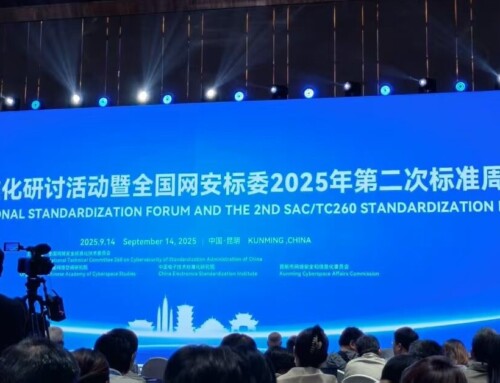Beijing, March 14, 2025 —
China is one step closer to formalizing its first mandatory national standard on hazardous substance restrictions in electrical and electronic products (EEPs). A technical review meeting for the draft standard, titled “Requirements on the Restriction of the Use of Certain Hazardous Substances in Electrical and Electronic Products“ (Plan No. 20231685-Q-339), was recently held in Beijing. Experts from government agencies, testing and certification bodies, academia, and industry reviewed the draft’s technical content and reached a consensus to submit it for formal approval—marking the project’s entry into its final stage.
The new standard effectively consolidates and upgrades previous China RoHS standards, including GB/T 26572-2011, its Amendment No. 1, and SJ/T 11364-2014, with the key objective of clarifying the mandatory nature of hazardous substance restrictions in China.
One of the major highlights of the new standard is the further clarification of China’s “two-step” compliance approach for hazardous substance management in EEPs. Under this approach, products are classified into two categories:
- Category 1: Products listed in the Catalogue for Compliance Management of Restricted Use of Hazardous Substances in Electrical and Electronic Products. These products must comply with both the substance restriction limits and related labeling requirements.
- Category 2: Products not listed in the catalogue. These are only subject to labeling requirements.
During the previous round of public consultation in late 2024, the draft standard’s section on conformity assessment requirements—which was expected to impose significant compliance obligations—faced strong opposition from industry stakeholders. In response, this section was removed from the current draft, contributing to its smooth passage through the technical review.
In terms of substance restrictions, the new standard aligns with the EU RoHS Directive, maintaining the same list of 10 restricted substances and their corresponding maximum concentration limits. Moreover, the referenced testing methods are identically adopted from the IEC 62321 series, meaning that manufacturers already compliant with EU RoHS requirements will not encounter substantial additional challenges when meeting the new Chinese standard.
Overall, the release of this standard will mark a milestone in China’s efforts to streamline and strengthen its RoHS compliance system. Before formal approval, a final round of public consultation is typically conducted. European stakeholders and industry participants are encouraged to closely follow this process and provide feedback to ensure their interests are reflected.




